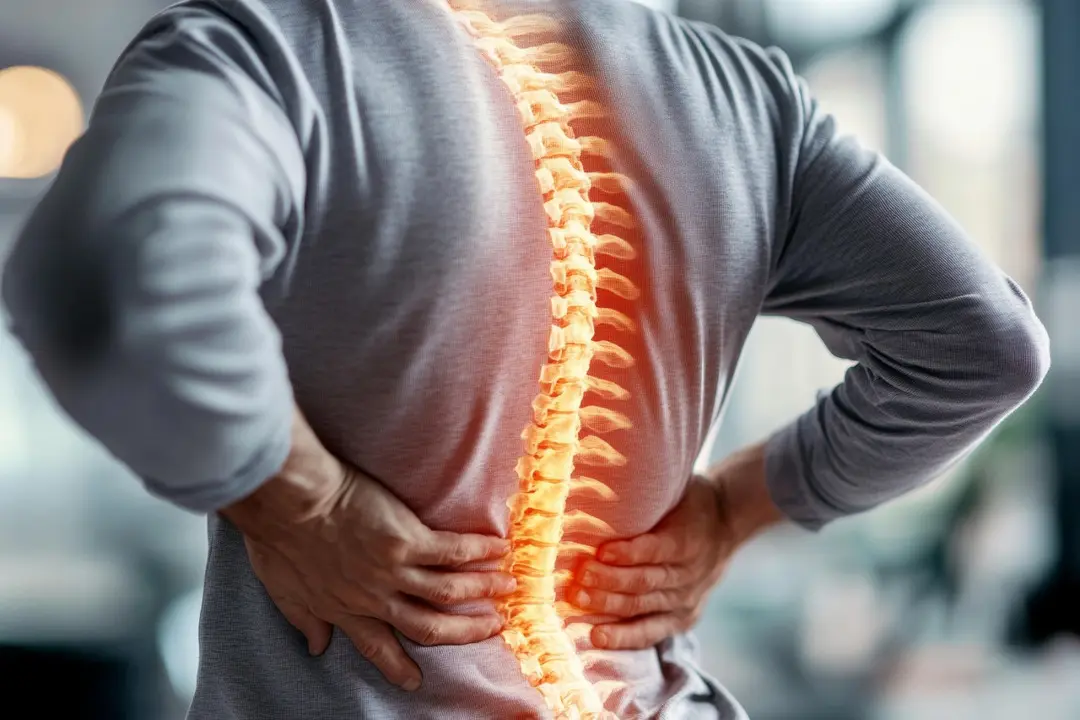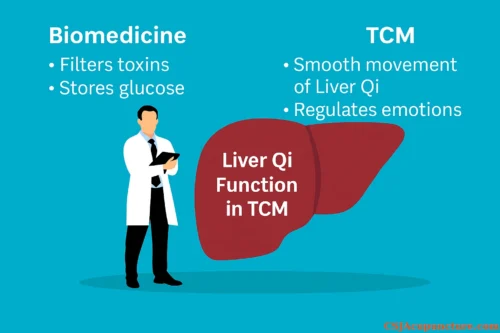This post may contain affiliate links and ads in which we may earn a small percentage of purchases.
A recent JAMA Network Open publication, funded by the National Institutes of Health (NIH), has provided some of the most robust evidence to date supporting acupuncture as an effective and safe treatment for chronic low back pain (CLBP) in older adults.

A clear and beginner-friendly guide covering over 400 acupuncture points, ideal for students and learners.

Portable dual-channel TENS/EMS device with 24 therapy modes for targeted muscle and pain relief.
View DeviceThe BackInAction randomized clinical trial compared traditional medical care with acupuncture across four U.S. healthcare systems and found that older adults receiving acupuncture showed significant and sustained improvements in both pain and physical function over 12 months.
Study Design and Purpose
The NIH-backed study aimed to fill a major gap in evidence about the effectiveness of acupuncture for Medicare-aged adults. Conducted between 2021 and 2023, it enrolled 800 participants aged 65 and older who had experienced low back pain for at least three months.

A stainless-steel acupuncture pen and gua sha set for massage, reflexology, and tension relief.
View ProductThe study divided participants into three groups:
- Usual Medical Care (UMC) – conventional treatments such as physical therapy or medication.
- Standard Acupuncture (SA) – 8–15 acupuncture sessions over 12 weeks, in addition to usual care.
- Enhanced Acupuncture (EA) – SA plus 4–6 additional maintenance sessions over the next 12 weeks.
All treatments were performed by licensed community acupuncturists using manual needling only—no electrical stimulation, cupping, or moxibustion—to align with Medicare reimbursement guidelines.
Key Findings
At the six-month mark, both acupuncture groups demonstrated statistically significant reductions in back-pain–related disability when compared to usual care alone:
- Standard Acupuncture: –1.0 adjusted mean difference in disability score
- Enhanced Acupuncture: –1.5 adjusted mean difference in disability score
- Usual Medical Care: lesser improvements overall
By 12 months, these benefits persisted, indicating that acupuncture provided long-term pain relief and improved daily function.
Importantly, nearly 40–44% of acupuncture participants reported at least a 30% improvement in pain and mobility—compared to only 29% of those receiving usual care.
In addition to pain relief, acupuncture-treated patients also experienced lower anxiety symptoms and modest gains in social and physical functioning.
Quotes from the Lead Investigators
“Our clinical results suggest that acupuncture is working as well as many treatments that are more familiar to people. The effect, while modest, was positive and sustained,” said Dr. Lynn L. DeBar, Kaiser Permanente’s distinguished investigator and lead author.
“Older adults often face multiple health issues, so having a safe, non-drug option like acupuncture is invaluable,” added Dr. Andrea J. Cook, co-lead researcher and senior biostatistics investigator.
Safety Profile and Accessibility
The trial reported very few adverse events, with less than 1% possibly related to the acupuncture intervention. The most common minor side effects were mild discomfort or bruising at needle sites—issues that resolved quickly.
Given the study’s results, researchers emphasized that acupuncture is both effective and safe for older adults, offering a non-addictive alternative to pain medications.
However, access remains a challenge. Although Medicare now covers acupuncture for chronic low back pain, licensed acupuncturists cannot bill Medicare directly unless supervised by an approved clinician—an administrative barrier that limits accessibility.
What This Means for Patients and Healthcare
This study reinforces acupuncture’s role as a viable, evidence-based approach to chronic pain management—particularly in populations where traditional medications may pose risks.
For older adults, acupuncture may reduce reliance on opioids and other pharmaceuticals, while improving mobility, independence, and emotional well-being.
As Dr. DeBar summarized, the results demonstrate that “acupuncture needling is an effective and safe treatment option for older adults with chronic low back pain.”
Clinical Perspective
With an aging population and a growing demand for non-opioid pain management, acupuncture stands out as a cost-effective, low-risk therapy that can integrate seamlessly into multidisciplinary care models.
The BackInAction trial represents a pivotal moment in validating acupuncture not just as a complementary therapy, but as a mainstream medical option for the nation’s most common cause of disability.
The Need for Multidisciplinary Clinics
The BackInAction findings highlight the value of integrating acupuncture into multidisciplinary care models. Clinics that combine acupuncture, physical therapy, pain management, and psychological support provide patients with comprehensive, evidence-based options.
By merging traditional and modern medicine, multidisciplinary clinics can reduce over-reliance on pharmaceuticals and offer personalized pain management strategies that prioritize function, safety, and quality of life.
Safety and Tolerability
Adverse events were rare, with fewer than 1% potentially related to acupuncture treatment. Minor side effects, such as slight bruising or soreness, resolved without further issues.
Reference:
DeBar LL, Wellman RD, Justice M, et al. Acupuncture for Chronic Low Back Pain in Older Adults: A Randomized Clinical Trial. JAMA Network Open. 2025;8(9):e2531348. doi:10.1001/jamanetworkopen.2025.31348
Unlock the Power of Your Mind
Discover The Brain Song — a sound-based system that helps boost focus, balance emotions, and recharge your energy naturally.
Medical Disclaimer: This article is for informational and educational purposes only and is not a substitute for professional medical advice, diagnosis, or treatment. Always consult a qualified healthcare provider with any questions about a medical condition or treatment.




